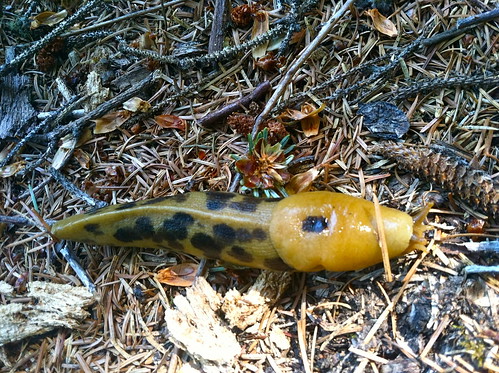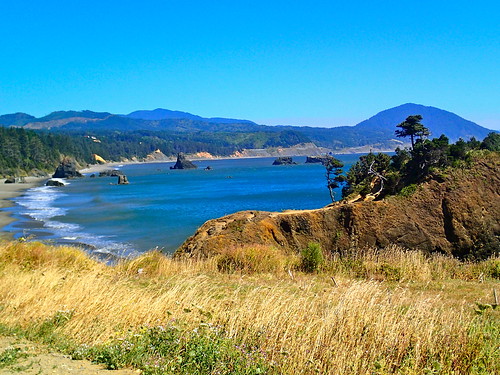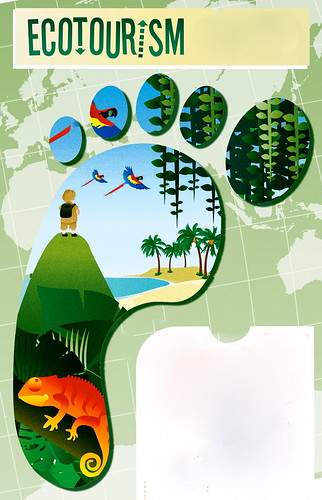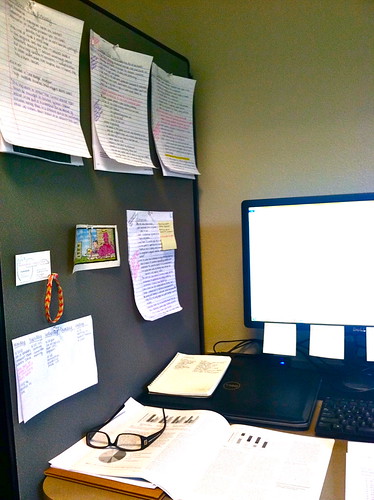I finally got my head to stop spinning long enough to write this post, so here it goes.
The workshop.
The days leading up to and after the workshop have been some of the most exciting and nerve-wracking yet. I also think that I could not have learned more in such a short amount of time. We’ll start from the beginning of the madness; approximately one week before the event, at this time all parties involved started to get a little anxious, with the pre-workshop groups still working vigorously on straw documents on communications and management protocols, workshop participants started turning to me to inquire about the status of things. This was in addition to the regular logistics emails from everyone from workshop participants to steering committee members, so before I knew it I was inundated with so many conversations and tasks my usual hand-scrawled to-do list couldn’t quite handle the level of organization I needed to get everything done. Half-way through the week things seemed to settle down, I was as caught up as I could be while waiting on a final agenda, straw documents, and travel reimbursement documents. and, then BOOM, everything I was waiting for and more came in, including the seemingly innocuous task of creating name tags.
A very important lesson I learned through this process is not to defer any decision to only one cook. I made the task of creating name tags infinitely more difficult when I didn’t let every cook in the workshop kitchen put in their two cents about name tags. Some (including myself) believed a stack of blank stick-on tags would be quite sufficient so that information about name, title, affiliation would be correct given the amount of time left to verify and generate name tag information. However, others believed at least the steering committee and organizers should have pretty printed name tags, and once I approved this plan and sent out a list of names, titles and affiliations to be approved by the rest of the steering committee the plan for name tags was forced to change several more times. Apparently there is a lot of ways to make name tags: in color, with affiliation and title, with affiliation only, with affiliation and the workshop title, in hanging plastic holders, in clip-on tags, on stickys, printed professionally, printed in our office, and so forth. I’m pretty sure each possible combination was considered given the amount of supplies and time at our disposal. Eventually, we figured out a way to keep everyone happy and also was within our means to produce, and it only took 4 hours to figure out. Next step was to go to the list and make sure (checked and double-checked) that names and affiliations were accurate. Once this was done, I happily accepted to help of my coworker Linda Larsen to type and print name tags. This was actually very fortuitous as other last-minute and off-the radar tasks came in.
The surge of activity continued into Monday morning as I tried to tie up as many loose ends as possible before heading up to Portland for one last meeting before the workshop Tuesday morning. Loaded down with a box of name tags, flip charts, pens, and registration list I eventually made it to Portland. The event probably wasn’t nearly as stressful as I think it was, but I think it seems that way mostly because of the daily nightmare that constituted my travel in and out of downtown Portland and Portland State University’s campus. Of the 3 times I had to get my way downtown each time I had a printed set of directions, once I immediately got off track and ended up lost, another time my directions lead me in an endless circle of one-way streets to nowhere, and Finally the very last time I made it back to he PSU parking garage where I paid exorbitant prices for all-day parking without any trouble. I think I can attribute much of the stress I felt those days to these hair-pulling adventures. And then there was the actual workshop, after I scrambled to get a registration table in order, name-tags packed away in their holders I actually got to sit back and watch the days unfold.
Because the 90-some participants came from a variety of different backgrounds and familiarity of Aquatic Nuisance Species and Tsunami debris issues, the first part of day 1 was spent giving introductions to the topics and updates from representatives from each state or province involved. States involved included Alaska, Hawai’i, Oregon, Washington, and California and there also a representative from Canada. This piece in particular was pretty interesting, because despite my efforts to keep up-to-date with all the goings-on in the different states, the ultimately is a big difference in the organization and structure of each state’s responding/involved agencies and this translates in a lot of ways in how apparent their efforts are. It was also interesting to think about how the geographic configuration of each state/province’s coasts has a large impact on any response and monitoring protocol agreed on regionally.
The rest of day one consisted of breakout groups, where different groups were assigned different pieces of the straw communications protocol document or the management straw document to discuss and offer suggestions for clarification or improvement. I served as a note-taker for one of these breakout groups and though that too, was a very interesting role where I had to be quick and efficient, but also be able to synthesize along the way so that my notes were coherent and representative of flow the discussion.
After many more talks and summaries of the breakout group discussions, I was pleasantly surprised and refreshed by a very detailed talk from phycologist, Gayle Hansen, who worked on identifying over 20 different algal species from the dock in Newport and a boat in Cape Disappointment. Her talk was very detailed, as she went into many of the different taxonomic tools and methodologies she used to identify species, some she was at first convinced were novel! This talk in particular, was useful to demonstrate the range of professionals present at this meeting, we had representatives from a range of NGOs, tribes, congressional staffers, and state and federal agencies. In the end, I think this truly was one of the major successes of the workshop, to bring all these people across the region together in one room to discuss these issues, but also more simply, to make each other all aware of who and where people are working on these issues, and how to get in contact with them. Silly for sure, but in my survey of logistics tasks to take care of I never thought about sending the detailed participant list that I have been working on for weeks out to everyone who attended the workshop. After having several people inquiring and request it though, the list went out during the workshop.
In the end, it is just the beginning however, and just as I thought my work here was done, there is still much to be done. Now the pre-workshop groups are post-workshop groups and they and the steering committee will begin re-drafting documents and deliberating over the next steps to implement a viable regional response protocol. Only more exciting news on the JTMD-AIS front to come!




